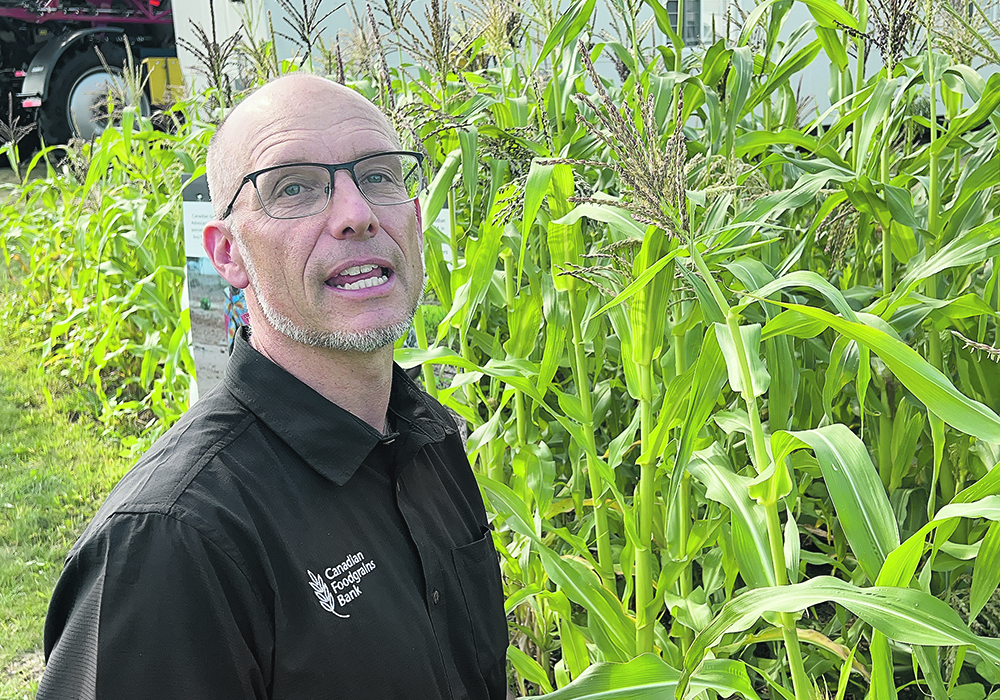Farmers in developing nations might often only have a few acres, but they are confronted with the same challenges large-scale western Canadian farmers have grappled with for a century.
However, their solutions are often different, based on their situations, their crop choices, their access to technology and their climate.
“Some of our work really is trying to encourage smallholder farmers to think about the long term,” said Canadian Foodgrains Bank Saskatchewan representative Rick Block as he toured through the charity’s demonstration plots at Ag in Motion.
Read Also

August rain welcome, but offered limited relief
Increased precipitation in August aids farmers prior to harvest in southern prairies of Canada.
“What are some of the resilient crops?”
Farmers in developing nations have suffered much of the same fertility and soil loss that drove the adoption of minimum-till agriculture in Canada, where excessive tillage led to much erosion.
However, they are often decades behind prairie farmers in changing their farming practices, don’t have the same access to education and technology, and need to make everything work on tiny farms.
Like any farmers, though, they can see when things aren’t working.
At the July Ag in Motion outdoor farm show near Saskatoon, the Canadian Foodgrains Bank offered visitors a look at the different systems farmers are embracing to deal with their versions of soil erosion and crop resiliency.
One was an intercrop of squash, corn and beans. It is designed to produce calories, protein and other nutrients, as well as provide soil cover.
On display were also valuable crops like teff, an Ethiopian staple, and amaranth, which is being promoted as a superfood by a number of international food authorities because of its nutritional value.
The plots also contain a patch of what was, at the time of Ag in Motion, nothing but redroot pigweed. That was a display of what happens when farmers have to flee or abandon land because of conflict, which affects millions of acres in conflict zones.
















